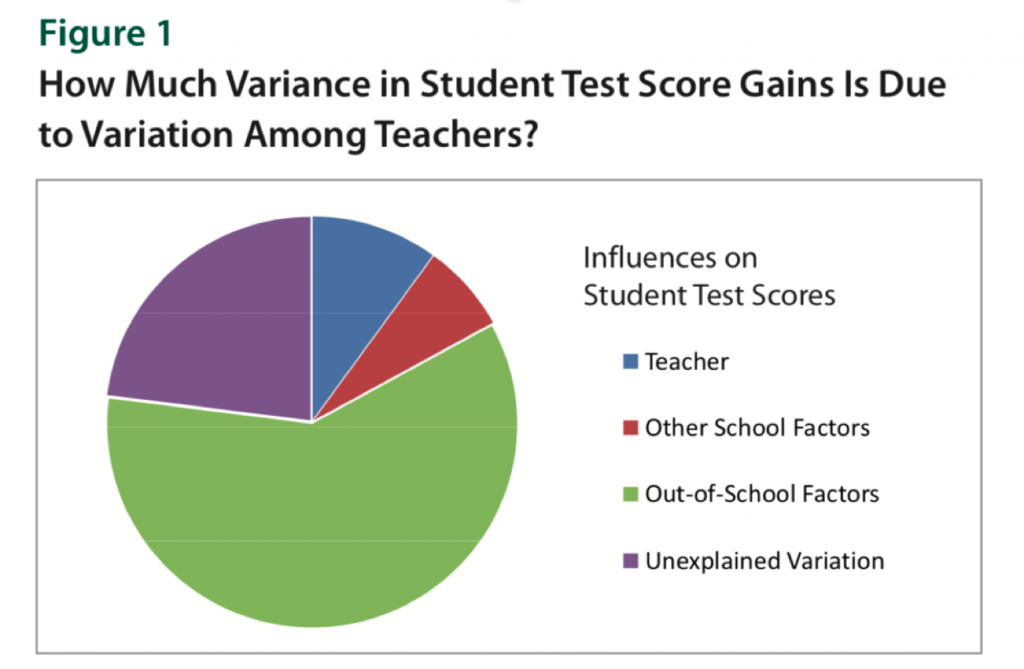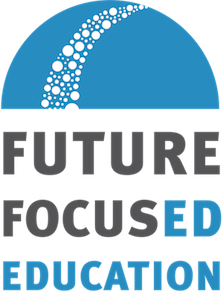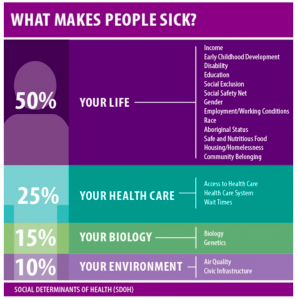Are Graduate Profiles a Fad? Or a Real Fix?
By Tony Monfiletto | Executive Director, Future Focused Education | February 27, 2020
Graduate profiles are everywhere. They’ve become the hot new thing in education. Schools, districts and even states are now using them to create a vision for what skills students should be able to demonstrate before leaving high school.
But here’s my question: Are we using graduate profiles as a patch for a broken system? Or are they providing the transformation we really need?
Future Focused Education recently attended the Assessment for Learning Conference in San Diego. It was an honor to present our graduate profile work alongside so many leaders in the field who are working to transform public schools. It was some of the best professional development we’ve ever had, and we came home smarter than we left. The conference left me with a lot of thoughts on graduate profiles, and how we can push this innovation forward—not as a fad, but as a truly transformative tool.
I generally agree with the content of most graduate profiles which focus on skills like adaptability, critical thinking, communication, and collaboration—all of which are essential for young people to be successful in the future. When graduate profiles are carefully constructed, they become statements about what a community values and hopes for in its future.
What Graduate Profiles Are Missing
However, graduate profiles would be a lot more meaningful if they were promises to young people rather than projections by adults. Currently, graduate profiles state expectations for students and they aren’t explicit about where the responsibility lies for meeting them. What if we made it clear and said that graduate profiles were promises from adults to students? What if we promised that we would create schools that could correct for all the things that undermine their success?
Graduate profiles are aspirational documents. They’re aspirational about the future of our communities. Think how much better off we would be if our young people could fulfill their potential. I’m writing this article to caution educators that simply creating a graduate profile won’t be enough to change the lives of the students we serve. We will need a new frame of reference if they are to become a helpful tool to make our young people and their communities healthier and more prosperous.

[click to enlarge] Hartel, E.H. (2013). Reliability and validity of inferences about teachers based on student test
The troubling fact is that we cannot make graduate profiles a promise because our schools are not designed to achieve that goal. This infographic should shake your confidence in schools as we know them. As this pie chart points out, teachers have a minimal impact on student performance. Simply naming a different set of outcomes won’t change that fact.
Social Determinants of Education
The graphic above points to the fact that less than a quarter of educational outcomes can be attributed to teacher or school performance. If we believe in graduate profiles as a tool, or even a promise to our future generations, then we better start trying to figure out the things that drive student performance. To do this, we should be looking to the public health sector for answers.
Like schools and teachers, health care professionals, and the systems in which they work, account for only 25 percent of health outcomes. In other words, your school and your teacher have about as much impact on your education as your doctor or hospital has on your health. This is the notion that social determinants like the neighborhood where you live, if you are poor, and your race are the primary driver of human outcomes like health or education.
You can think of social determinants as the conditions in someone’s community. Whether they have access to nutritious food, good paying jobs, and safe neighborhoods.
Mission: Graduate of Central New Mexico took the first step to incorporate social determinants of education with their “Launchpad” tool. Three years ago they set out to create a graduate profile for our local school districts.
Unlike similar efforts around the country, they pushed beyond the typical list of skills and knowledge listed on a graduate profile. Here’s what they did differently: They named the inputs needed to accomplish the goals of the profile. These inputs are named “foundational experiences”—looked at another way, they could be seen as “opportunities to learn.” But I think of them as the essential components of any school design that includes social and emotional support systems and the local wisdom and resources of our communities.
We must incorporate things like safety, freedom from fear, culture and identity, civic engagement, and caring relationships that can correct for the social determinants of education.

Where to Focus
Our work at Future Focused Education is to create healthier and more prosperous communities by working with disengaged young people. As we create strategies to move this agenda, we find that continuing to focus disproportionate attention on instruction is undermining success. When I address the need for this reframing, I find a receptive audience when we travel around our state and the country. People are hungry for answers to problems that have seemed outside of our control for so long. But, we won’t get there unless we change the way we frame the problem we are trying to solve.
For some helpful ideas, check out our Innovation Tour Report which documents some of the most promising practices aimed at addressing the social determinants of education in our community.
We are also mapping innovative practices in education that are supporting students and families across New Mexico with our Innovation Map project. We encourage you to nominate programs and practices that are addressing the social determinants of education in your community.



